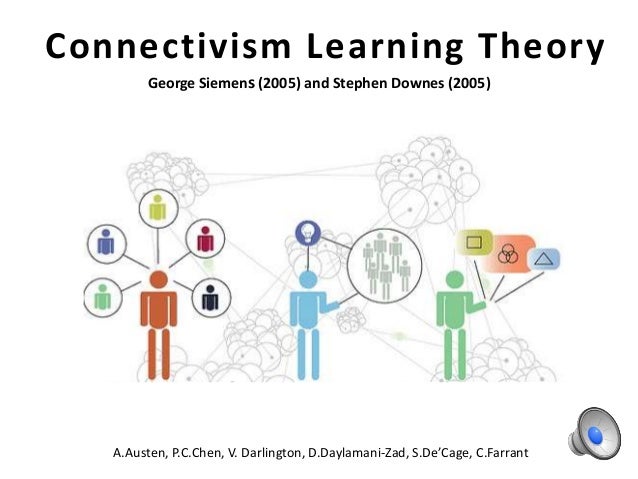EFFECTIVE FLIPPED CLASSROOM STRATEGIES
Being in the world of public education, Flipped Classroom, was a terminology I have heard a lot about it. The concept and ideas behind a Flipped Classroom as well as the supporting data, rightfully convinces you of the power, impact, and possibilities that can stem from such a learning experience.
I am a supporter and advocate of a Flipped Classroom, however; I want to first begin with my, not so positive, personal experience. I was part of a graduate class that implemented Flipped Classroom. Every week we would be assigned online videos to watch with accompanying quiz questions. The following class, the professor would address any questions we have and provide an activity to work on. Sounds great so far, right? Here is the catch. Every week we would have 8 hours worth of videos to watch and quiz questions to answer. That is about 40 videos, some ranging close to 7-8 minutes, and 25 quiz questions. Being completely, honest, after the first 10 videos I was checked out. I had lost focus and interest. The remaining videos, I was not necessarily watching to learn but more so that I could answer the questions. In this setting, a Flipped Classroom, was taken to the EXTREME. It was pushing the boundaries between what is an effective and ineffective implementation. This was an exemplar of Flipped Classroom gone wrong.
Sharing that story, was to further emphasize and clarify what a Flipped Classroom should sound and look like. I understand that the general concept of this strategy is to teach students outside of class, so that then class time can be reserved for for collaborative, hands on activities. However, the type of video, the content being addressed, and the duration must also be considered. In addition, accountability at home to ensure a student is engaged in the video is essential so that the follow up collaborative activities are successful. If I was developing a course, on-campus or online, using the flipped classroom model, the following are exemplars of strategies I would implement to encourage active participation from students rather than passive observation:
I am a supporter and advocate of a Flipped Classroom, however; I want to first begin with my, not so positive, personal experience. I was part of a graduate class that implemented Flipped Classroom. Every week we would be assigned online videos to watch with accompanying quiz questions. The following class, the professor would address any questions we have and provide an activity to work on. Sounds great so far, right? Here is the catch. Every week we would have 8 hours worth of videos to watch and quiz questions to answer. That is about 40 videos, some ranging close to 7-8 minutes, and 25 quiz questions. Being completely, honest, after the first 10 videos I was checked out. I had lost focus and interest. The remaining videos, I was not necessarily watching to learn but more so that I could answer the questions. In this setting, a Flipped Classroom, was taken to the EXTREME. It was pushing the boundaries between what is an effective and ineffective implementation. This was an exemplar of Flipped Classroom gone wrong.
Sharing that story, was to further emphasize and clarify what a Flipped Classroom should sound and look like. I understand that the general concept of this strategy is to teach students outside of class, so that then class time can be reserved for for collaborative, hands on activities. However, the type of video, the content being addressed, and the duration must also be considered. In addition, accountability at home to ensure a student is engaged in the video is essential so that the follow up collaborative activities are successful. If I was developing a course, on-campus or online, using the flipped classroom model, the following are exemplars of strategies I would implement to encourage active participation from students rather than passive observation:
- Pose a discussion question after watching the video that students respond to. Encourage peers to comment on each other responses.
- Encourage students to post their discoveries or unanswered questions after watching the video.
- Have students use a technology tool to transmediate the content they learned through watching the video.
- In a math classroom, have students create their own video, using a technology tool, that models how to solve a similar but different problem then the one shared by the teacher in the original video.
